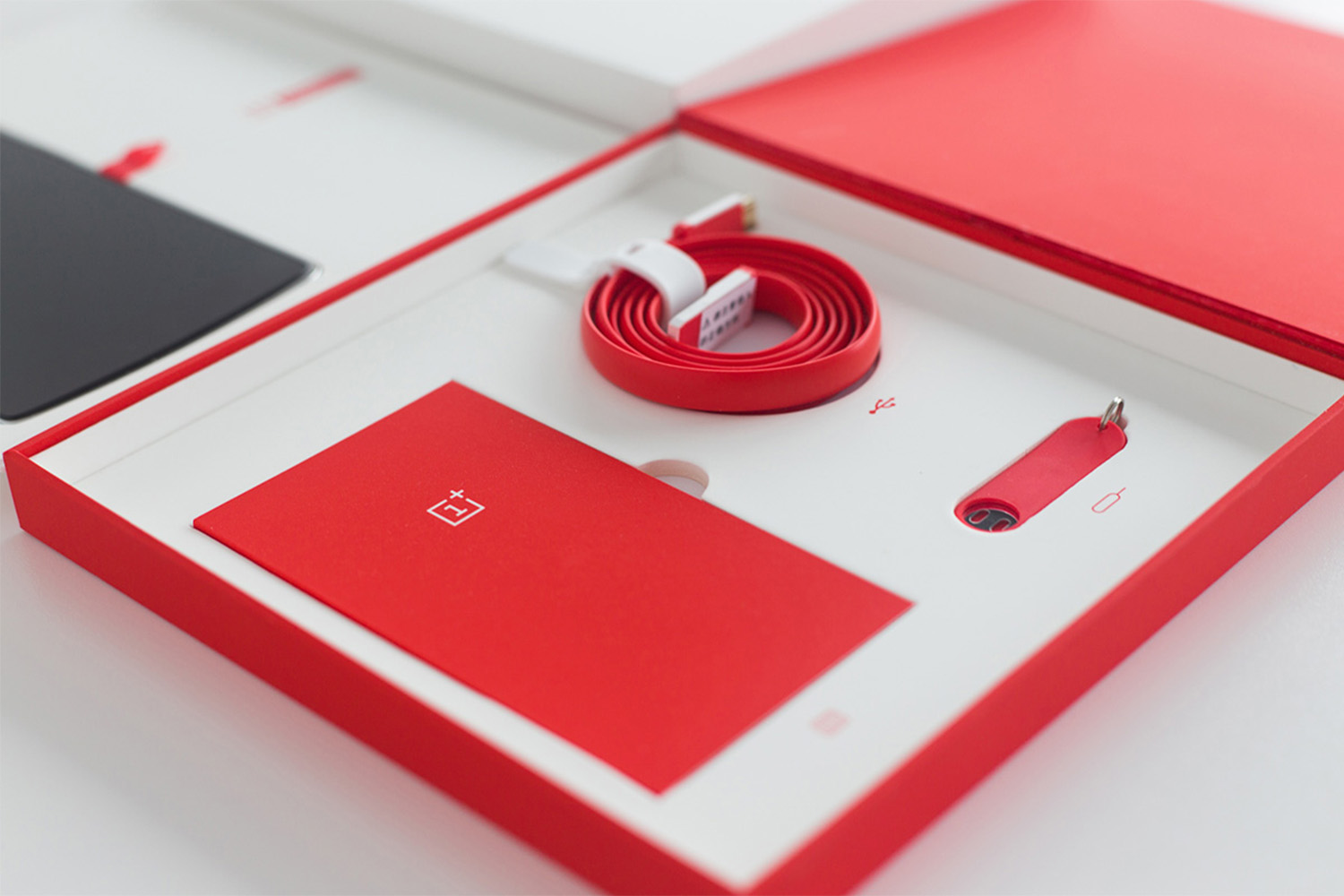“Form Ever Follows Function” Right?
Share

I’ve yet to be convinced that “form ever follows function,” as Louis Sullivan once said.
That phrase is often misattributed or misquoted, but can it be that is also untrue? Form follows function is a principle associated with modernist architecture and industrial design in the 20th century. The principle is that the shape of a building or object should be primarily based on its intended function or purpose. Tom Dair of Smart Design made the point that mankind originally must have been forming over function for the very basic reason that we used what we had to get by. For example, we didn’t start building hammers so we could crack things open or protect ourselves – we most likely used rocks that fit (conveniently) into our palms. In that case, the form (hand-shaped rock) <em>informed</em> the function (hitting things).
Architects often ask, “What do you want to use the building for? Well, I’ll tell you how you should build it.” Function before form. The building you want helps them design a building that will best suit your needs.
Take into account these three factors of modern-day consumer product design:
- function
- form
- marketability
For relevancy’s sake and for ease of explanation, let’s use the new iPhone 6s. Rectangular mobile phones are ubiquitous and thus the components inside must also submit to that design constraint. Everything from the circuit board to the battery, to the screen–all are rectangular. These rectangular parts get put into a rectangular phone that gets packaged in a rectangular box. This example seems to go both ways, however. It’s true that Apple seems to put form before function, but thinking about rectangles, how much easier and more efficient are they to stack and ship? The shipping industry long ago realized the need for stackable/shippable products and corporations obliged. So, my argument here (relating back to number 3 above) is that marketability plays an important role in the form vs. function debate. Apple could just produce a plain box for their products to go into, similar to how most flat screens get packaged. However, they choose to make the packaging and unboxing a complete ‘experience’. They put a lot of effort into the ‘form’ of the boxes because the functional aspect had been decided years ago.
“No matter how pretty something is, if it doesn’t work I’m not going to use it.” I totally agree. No matter how beautiful and tantalizing the new smartwatches are, the truth is, I don’t want to be charging my iPad, Android phone, smartwatch, electric razor, and Chevy Volt every…single…day. I will just wait until they develop smartwatch batteries that last longer. I choose function over form.
Overall I believe that there is a line between Form and Function. Some companies drift to one side or the other, but the really innovative and exciting companies try to stay as close to that line as they can. It’s a constant balancing act, but as a consumer, I appreciate the companies that try.